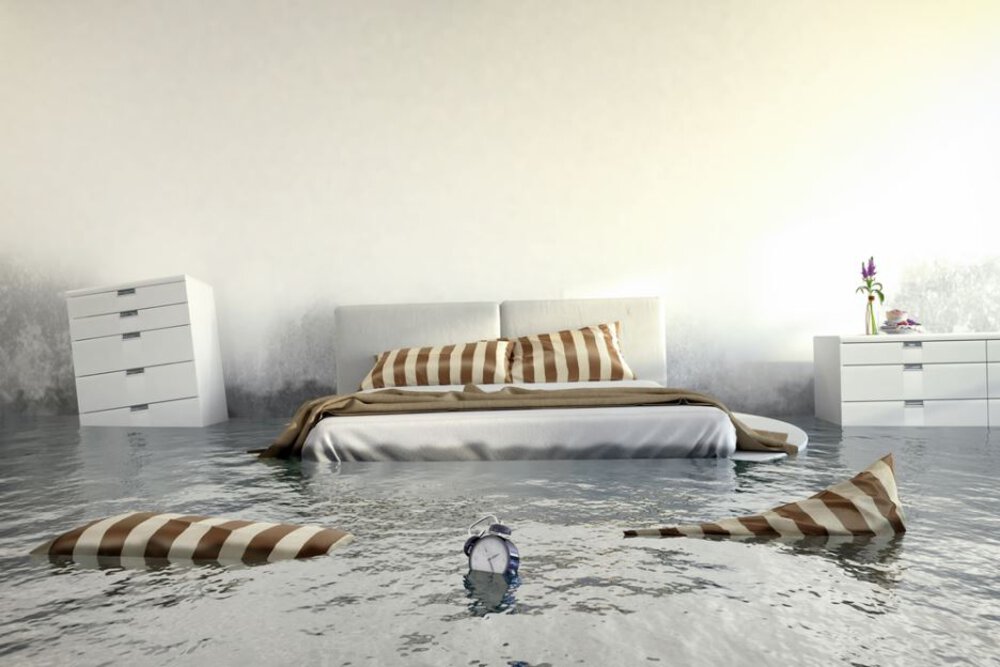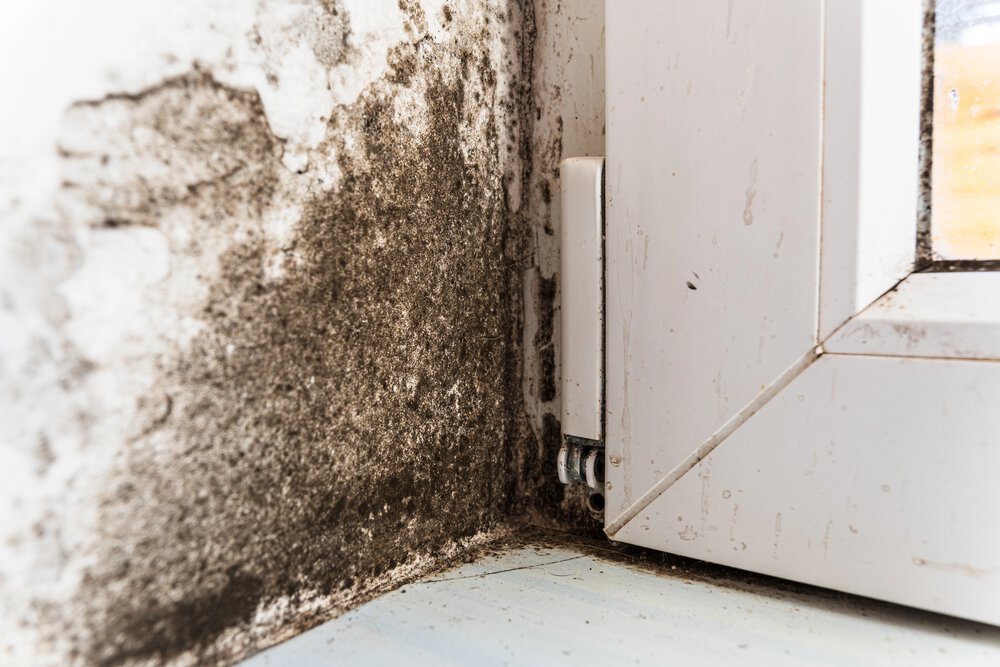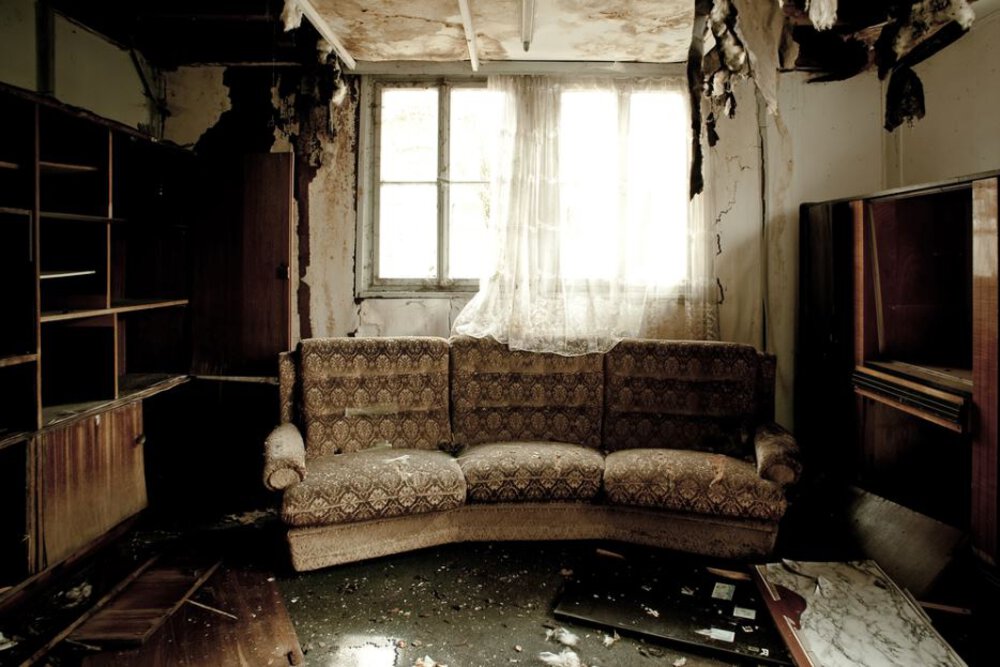Fire Damage Restoration: Complete Recovery Guide for Plano Homeowners
- Plano Restoration Team
- fire damage restoration
- smoke damage
- Plano
- fire cleanup
- structural restoration
- insurance claims
Understanding Fire Damage in Plano Homes
Fire damage extends far beyond what flames directly touch. In Plano homes, fire damage affects structures through heat, smoke, and water used in firefighting efforts. Understanding the full scope of damage is crucial for proper restoration and ensuring your family’s safety. The complex nature of fire damage requires specialized knowledge and professional intervention to address all aspects of the destruction.
Types of Fire Damage
Fire damage occurs in multiple forms: direct flame damage that destroys materials, heat damage that warps and weakens structures, smoke damage that penetrates throughout the home, and water damage from firefighting efforts that can lead to additional problems if not addressed quickly. Each type requires specific restoration techniques and timelines for proper recovery.
Heat damage can be particularly insidious, affecting the structural integrity of materials that weren’t directly touched by flames. Steel beams can warp, wooden supports can weaken, and synthetic materials can release toxic gases even after the fire is extinguished.
The Fire Triangle: Understanding Fire Behavior
Understanding how fires behave helps homeowners comprehend the extent of damage. Fires require three elements: fuel, oxygen, and heat. Once established, fires create their own convection currents that spread heat, smoke, and toxic gases throughout structures, often reaching areas far from the original fire source.
Immediate Safety Concerns After a Fire
Structural Safety Assessment
Never enter a fire-damaged structure without professional approval. Fire can weaken support beams, compromise electrical systems, and create hazardous conditions that aren’t immediately visible. Wait for fire officials and structural engineers to declare the building safe. Hidden damage to load-bearing walls, compromised foundations, and weakened roof structures pose serious safety risks.
Electrical systems are particularly dangerous after fires. Water from firefighting efforts combined with heat damage can create electrocution hazards and increase the risk of secondary fires. Have qualified electricians inspect all electrical systems before restoring power to any part of your home.
Air Quality and Health Risks
Smoke and soot contain toxic chemicals that pose serious health risks. These particles can remain airborne for days and settle on surfaces throughout your home. Respiratory protection is essential when entering fire-damaged areas, even briefly. The toxic compounds created during fires include carbon monoxide, hydrogen cyanide, and various carcinogenic substances.
Children, elderly individuals, and those with respiratory conditions are particularly vulnerable to smoke-related health effects. Even brief exposure can trigger asthma attacks, respiratory distress, and other serious health complications.
The Fire Damage Restoration Process
Emergency Board-Up and Tarping
Immediate protection of your property prevents further damage from weather, theft, or vandalism. Professional restoration teams secure openings with boards and tarps to protect your home while restoration planning begins. This crucial first step prevents additional damage that could complicate the restoration process and increase costs.
Emergency board-up services should be completed within hours of the fire department’s clearance. Exposed areas allow moisture, debris, and unauthorized entry that can significantly worsen damage and compromise the restoration process.
Comprehensive Damage Assessment
Professional restoration companies conduct thorough assessments to identify all fire, smoke, and water damage. This includes testing air quality, evaluating structural integrity, and documenting damage for insurance purposes. Advanced techniques like thermal imaging can reveal hidden damage not visible to the naked eye.
Water Removal and Drying
Firefighting efforts often leave significant water damage that must be addressed quickly to prevent mold growth. Professional water extraction and drying equipment removes moisture from all affected areas. In Plano’s humid climate, this step is particularly critical as moisture can lead to secondary damage that complicates restoration efforts.
Industrial-grade dehumidifiers and air movers are essential for proper drying. The goal is to remove moisture from structural materials, contents, and the air itself to prevent microbial growth and further deterioration.
Smoke Damage: The Hidden Destroyer
Understanding Smoke Penetration
Smoke travels through the entire structure, penetrating walls, ductwork, and hidden spaces. It can reach areas far from the fire source and continue causing damage long after flames are extinguished. Smoke follows air currents and can deposit residues in unexpected locations throughout your home.
HVAC systems can distribute smoke throughout a structure, requiring specialized cleaning of ductwork, air handlers, and filtration systems. Failure to address smoke contamination in these systems can result in ongoing odor problems and health concerns.
Types of Smoke Damage
Wet smoke from low-heat fires creates sticky, hard-to-clean residues that penetrate deeply into materials. Dry smoke from high-heat fires produces powdery residues that spread easily but may be easier to clean. Protein smoke from cooking fires may be nearly invisible but creates strong odors that can persist without proper treatment.
Each smoke type requires different cleaning approaches and specialized equipment. Understanding these differences is crucial for effective restoration and odor elimination.
Smoke Odor Elimination
Eliminating smoke odors requires more than surface cleaning. Professional restoration uses thermal fogging, ozone treatment, and hydroxyl generators to neutralize odors at the molecular level. These advanced techniques penetrate into materials where traditional cleaning cannot reach.
Contents Restoration and Cleaning
Salvageable vs. Non-Salvageable Items
Professional restoration teams can often save items that homeowners might consider total losses. Specialized cleaning techniques can restore furniture, clothing, electronics, and important documents. However, some items, particularly those with heavy smoke penetration or heat damage, may be beyond restoration.
Electronics and Document Restoration
Specialized services can restore electronics damaged by smoke and heat. Document restoration techniques can save important papers, photographs, and books using freeze-drying and other advanced methods. Quick action is essential for successful contents restoration.
Structural Restoration and Reconstruction
Cleaning and Deodorization
All surfaces require specialized cleaning to remove soot, smoke residues, and odors. This includes walls, ceilings, floors, and all structural components. Professional-grade cleaning agents and techniques are necessary to properly restore surfaces and eliminate contamination.
Reconstruction and Rebuilding
After cleaning and deodorization, reconstruction begins to replace damaged materials and restore your home to pre-fire condition. This may include everything from minor repairs to complete rebuilding of severely damaged areas. Modern building codes and improved materials can make your home safer than before the fire.
Choosing Professional Fire Restoration Services
24/7 Emergency Response
Fire damage requires immediate attention to prevent further deterioration. Choose companies that provide true 24/7 emergency response and can begin mitigation immediately. Delays in response can significantly increase damage and restoration costs.
Certification and Experience
Look for restoration companies with proper certifications from organizations like the Institute of Inspection, Cleaning and Restoration Certification (IICRC). Experience with fire damage restoration in Plano’s climate is valuable for understanding local conditions and challenges.
Insurance Coordination
Professional restoration companies should work directly with your insurance company to streamline the claims process. They can provide detailed documentation, estimates, and progress reports that insurance adjusters require for claim processing.
Insurance Claims and Documentation
Immediate Documentation
Document all damage immediately with photographs and video before any cleanup begins. This documentation is crucial for insurance claims and helps ensure proper compensation for damages. Professional restoration companies can assist with this documentation process.
Understanding Your Coverage
Review your homeowner’s insurance policy to understand what types of fire damage are covered. Most policies cover fire damage, but there may be limitations on contents coverage, temporary living expenses, and specific types of damage.
Prevention and Safety Measures
Fire Prevention Strategies
Install and maintain smoke detectors throughout your home, with particular attention to bedrooms, hallways, and kitchens. Develop and practice family escape plans, and consider installing residential fire sprinkler systems for enhanced protection.
Regular Maintenance
Regular maintenance of electrical systems, heating equipment, and appliances can prevent many fires. Have chimneys cleaned annually, replace old wiring, and ensure proper clearances around heat sources.
Conclusion
Fire damage restoration is a complex process that requires professional expertise and specialized equipment. From immediate safety concerns through complete reconstruction, each step is crucial for proper recovery. Plano residents facing fire damage need experienced professionals who understand local building codes, insurance requirements, and the unique challenges posed by our climate.
If your home suffers fire damage, contact certified fire restoration professionals immediately. Quick response and proper restoration techniques can save belongings, reduce costs, and ensure your family’s safe return home. The restoration process is challenging, but with proper professional guidance, your home can be restored to better than its pre-fire condition.



